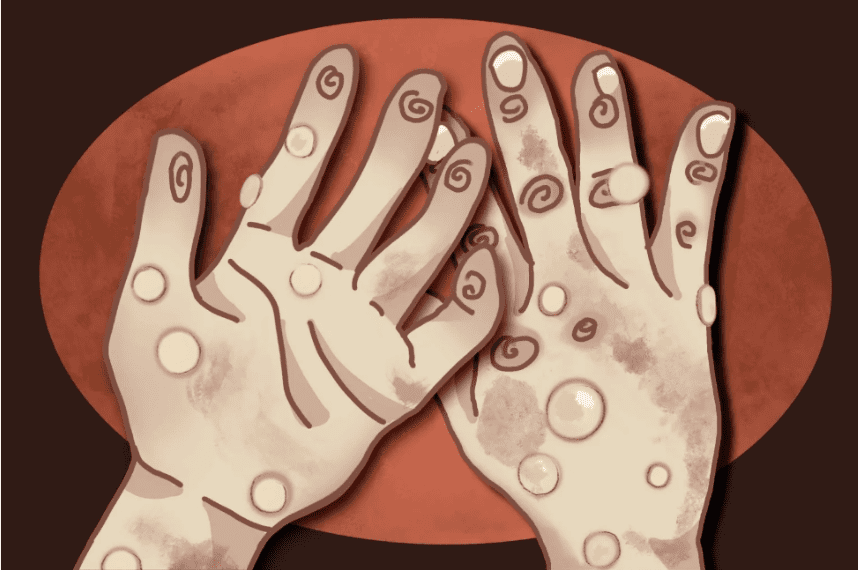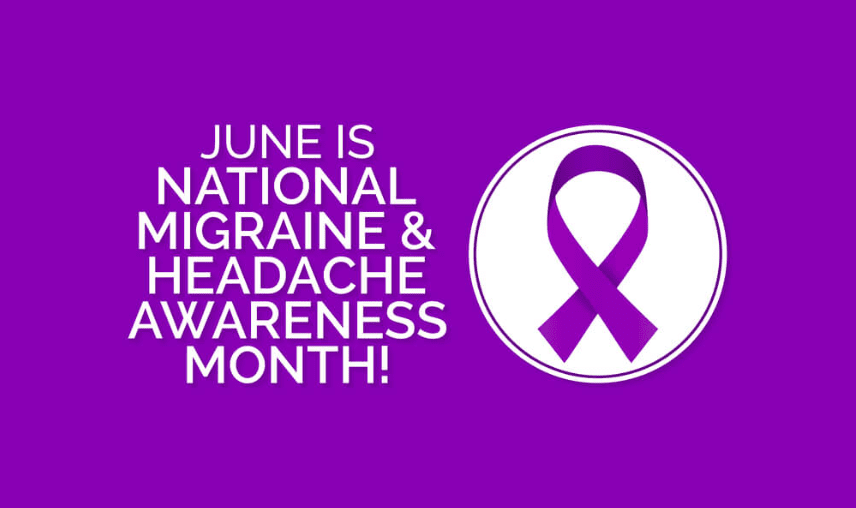Mondays with your MD – Monkeypox: Questions and Answers
Monkeypox is caused by a virus that is usually not serious, though the rash is painful and can cause scarring.
Although a public health emergency, Monkeypox disease is not similar to COVID and no one should panic.
What is monkeypox?
Previously, monkeypox was known as a rare disease. It was first seen in humans in 1970 and caused by an infection with the monkeypox virus (a part of the same family of viruses as smallpox). The disease is milder than small pox symptoms and it is rarely fatal. Monkeypox is usually a self-limited disease that lasts 2-4 weeks.
What are the symptoms of Monkeypox?
- Headaches
- Muscle aches
- Exhaustion
- Fever
- Sore throat, cough, congestion
- Swollen lymph nodes
- Rash
What does the rash look like?
The rash can be extremely itchy or painful and goes through different stages before forming a scab and healing. It can be located near genitals but also on hands feet and other parts of the body.

How does the virus spread?
- Through close skin to skin contact
- Contact with surfaces used by someone with monkeypox (shared towels for example).
- Direct contact with rash or body fluids from someone with monkeypox.
How can I protect myself?
- Limit contact by avoiding close skin to skin contact of persons with a rash.
- Do not share utensils, plates, or cups with person who has monkeypox.
- Do not handle bedding towels or cloths with person who has monkeypox.
- Wash hands frequently.
- The vaccine is limited and recommended for people who have been exposed to monkeypox.






